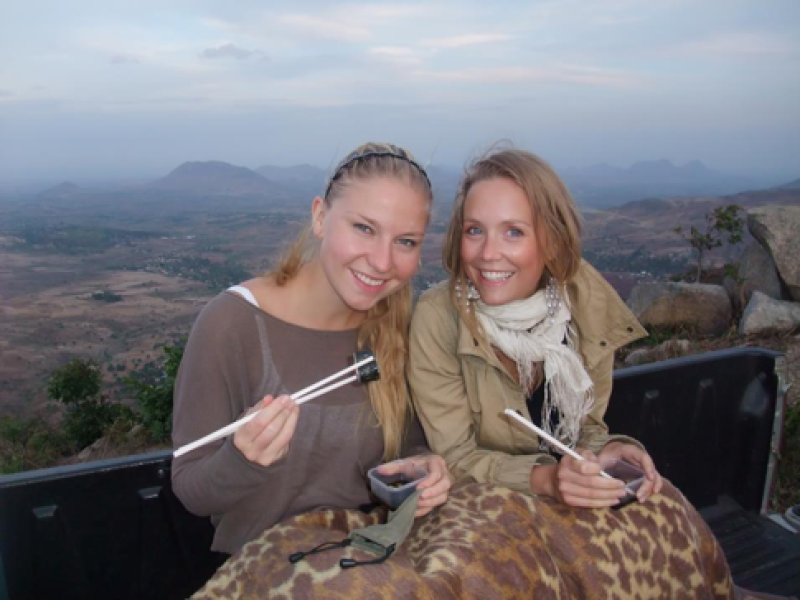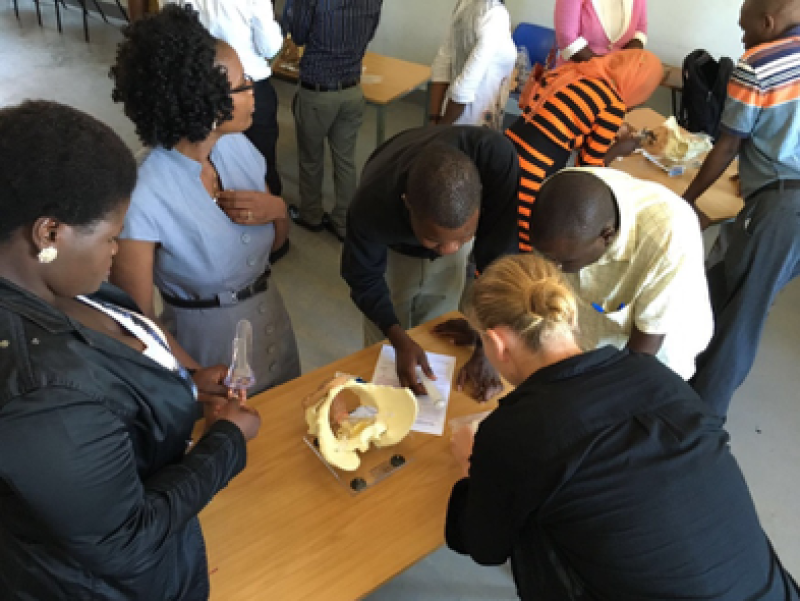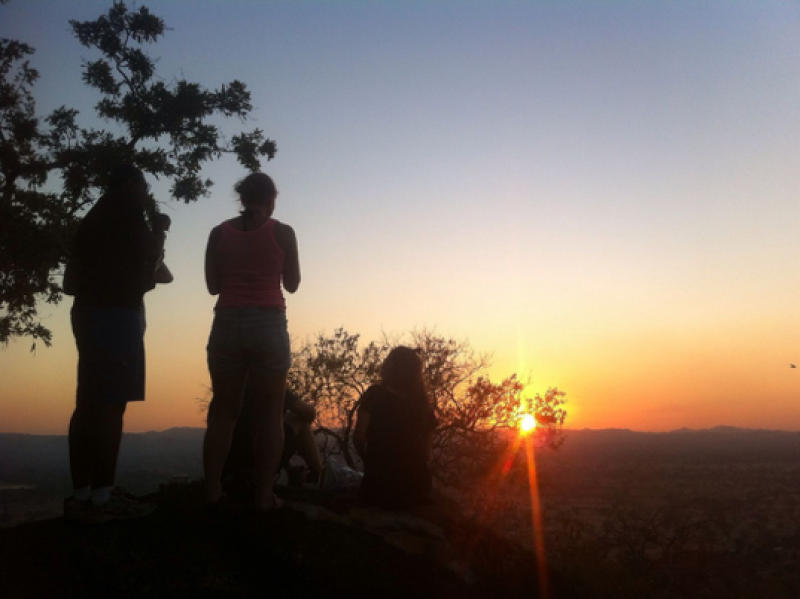Maria Lisa Odland, PhD candidate from NTNU, writes about research, medical training and other experiences from Malawi.
Read the original blog post here.
First time in Malawi
People´s knowledge on Malawi varies a lot. Some people don’t know the difference between Mali and Malawi, some people know it’s one of the poorest countries in the world, some people don’t know it exists, and some people know it is a popular place to do research and aid work, and some people even know it as a tourist destination. For me I didn’t have a clue before the first time I travelled down there, but now I can safely say that Blantyre is my second hometown and Malawi will always have a special place in my heart.
I went to Malawi for the first time as a medical student and did rotations in Obstetrics and Gynecology, Pediatrics and Nephrology. There was a lot of impressions, both good and bad. Doing rounds at the ward for malnourished children and participating in a data collection on underfed children was probably one of the most difficult things I have ever done. I more or less saw children die from lack of food. Additionally, seeing patients with chronic kidney disease without money to buy drugs or the possibility to get a transplant or dialysis also made a very big impression on me and is something I will never forget. The bright side were seeing all these talented and dedicated doctors doing everything they could with very little resources. It made me a little bit hopeful that some of these patients could be saved, and maybe get better lives.
Unsafe abortions, complications and maternal mortality
Personally, my interest was always in Gynecology and naturally my further work went in this direction. It was devastating seeing girls even younger than me that had done horrible things to induce an abortion. An abortion is not legal in Malawi unless to save a pregnant woman’s life. Still, there is estimated around 140 000 induced abortions in the country every year. Considering the abortion law most of these are unsafe which leads to many complications that have to be treated. Retained products of conception in the uterus, referred to as incomplete abortions, consists of more than 50% of the patients in a gynecological or female ward in Malawi, and takes up a lot time and resources. If incomplete abortions are left untreated it can lead to hemorrhage, sepsis and in worst case scenario death. One thing I noticed as a medical student was that they were treating all these patients with sharp curettage, while in Norway we mostly use medical treatment with misoprostol or electrical vacuum if surgical treatment is necessary. Treatment with curettage requires more resources like general anesthetics, a doctor or clinical officers, and electricity. Also, it is known to lead to more complications such as bleeding, uterine perforation and Asherman Syndrom. Potentially complications after this treatment can make women infertile in the future which can be devastating for a 16-year-old girl who maybe would have wanted a child later in life. In Malawi, they prefer to treat patients surgically for different reasons. If medical treatment is given out it can be used to induce abortions illegally. Additionally, medical treatment is not as efficient as surgical treatment and patients are supposed to return for follow up to ensure the uterus is empty. In Malawi, this is difficult due to lack of transport and money, and the woman can end up with more dangerous septic abortions. Manual vacuum aspiration (MVA) is therefore the preferred surgical method of treatment in Malawi, and recommended by the WHO, FIGO and the Ministry of Health in Malawi. The method is cheap, safe and can be done without electricity by nurses/midwives in addition to doctors.
Research on the treatment of incomplete abortions – My PhD
A fellow medical student, Hanne Rasmussen, had made similar observations with curettage in Ecuador, and came up with the idea to investigate this further. Since I had previous experiences from Malawi we travelled down together in early 2013 to go through all the hospital files on women treated for incomplete abortions the last 4 years in three public hospitals in Malawi. The findings were striking. Even though, the recommendations from WHO and the Ministry of Health was to increase the use of MVA, they were using less and less MVA, and more curettage. This development was in contrast to the guidelines, and curettage is a more costly and dangerous procedure. Malawi already has a high maternal mortality ratio, and a health system that is very low on resources and personnel, and this development would only make things worse, or at least not better. So, we decided to do something about it. Over the last few years I have with my collaborators conducted trainings at three public hospitals in Malawi to increase the use of MVA. We achieved a 21.3% increase in the use of MVA at the intervention hospitals, while there was only a 3% increase at the control hospitals during the same time period. This indicates that simple trainings should be done on a regular basis to sustain the use of MVA rather than curettage. However, it is essential that donors and policy makers make the equipment available and this is something that has to be dealt with.
More trips to Malawi in the future?
So, after living in Malawi three times already I still don’t feel it’s over. When you identify a problem, you can’t just leave it and expect someone else to sort things out. I therefore think my research in Malawi will continue to try and make things better for young women in the country. At the same time, Malawi is captivating and it sucks you in. First of all, it’s a beautiful place, and most importantly the people are amazing. So, you push through the power cuts, lack of water, the broken-down cars, the fear of malaria and different parasites. If you have a rough day you soon forget everything when you are going for run or having a gin and tonic with your friends in the amazing African sunset. To conclude, Malawi is maybe not for everyone, but it’s definitely for me.



